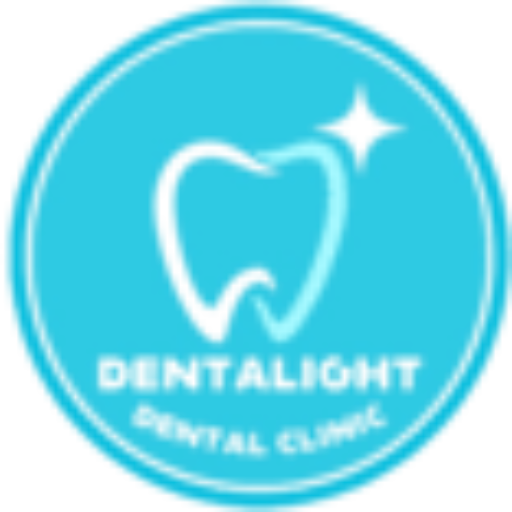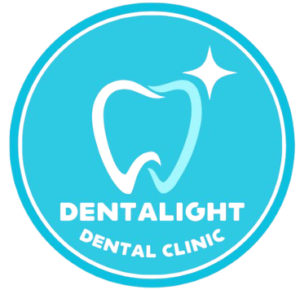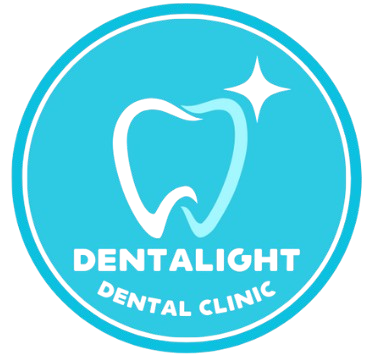our services
Need help ?
Schedule your initial consultation today and start your journey towards a pain-free, healthier smile. Contact us now!
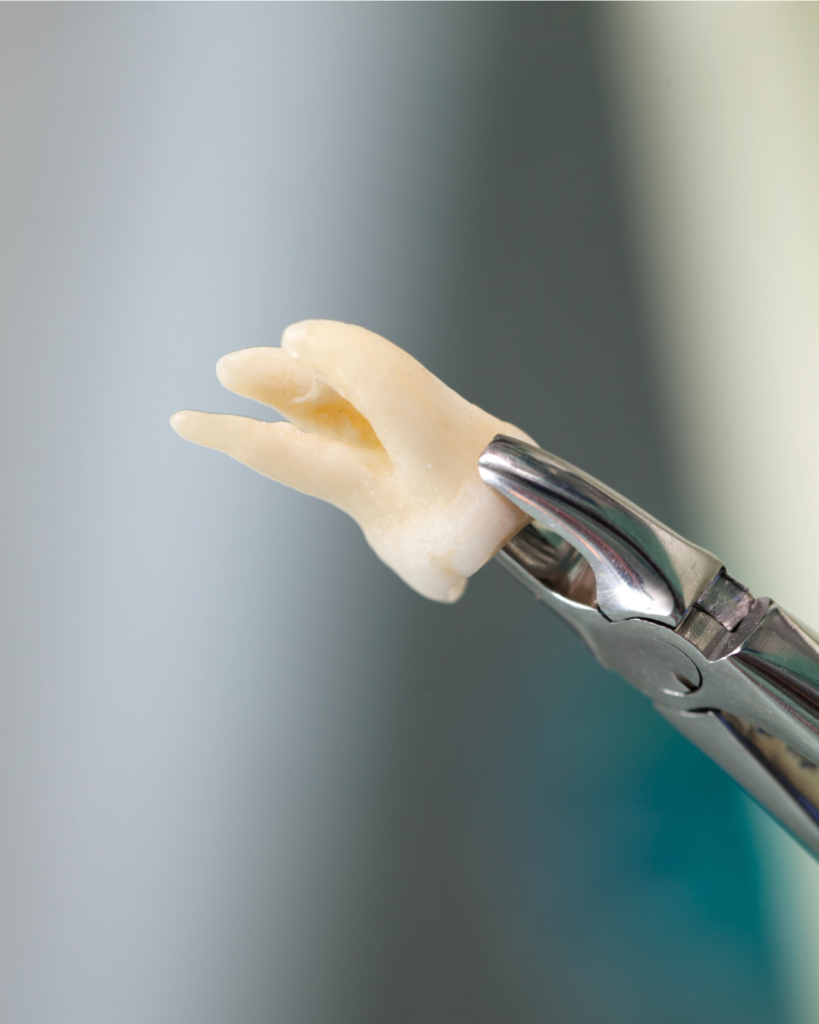
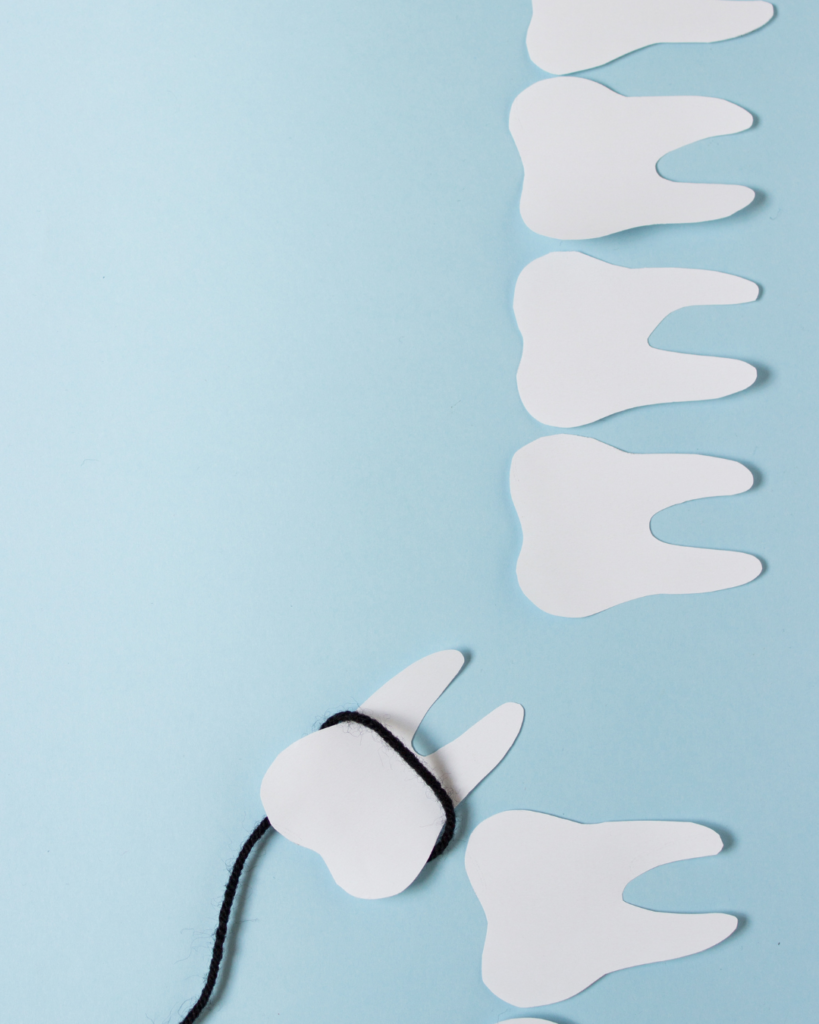
What is a Dental Extraction?
A dental extraction is the removal of a tooth from its socket in the bone. It’s usually done when a tooth is too damaged, infected, or impacted to be saved by other treatments.
Why Might You Need a Tooth Extraction?
- Severe tooth decay or infection
- Broken or fractured tooth beyond repair
- Advanced gum disease (periodontitis)
- Crowded mouth (for orthodontic treatment)
- Impacted wisdom teeth
- Preparation for dentures or other restorations
Types of Dental Extractions
- Simple Extraction
- Done on visible teeth that can be removed easily.
- Performed using local anaesthesia and dental tools like forceps.
- Surgical Extraction
- Required for teeth that are not fully erupted (like wisdom teeth) or are broken below the gum line.
- May involve making an incision and sometimes removing bone.
What to Expect During the Procedure
- Numbing the area with local anaesthesia.
- Gentle loosening and removal of the tooth.
- In surgical cases, stitches may be needed.
- Instructions will be given for aftercare and healing.
Aftercare Tips
- Bite on gauze to stop bleeding.
- Apply an ice pack to reduce swelling.
- Eat soft foods and avoid straws or smoking.
- Take any prescribed medications as directed.
- Follow up with your dentist if needed.
- Experienced Team
- Comprehensive Services
- State-Of-The-Art Technology
- Emergency Dental Services
Frequently Asked Questions
No, the procedure itself is not painful because local anesthesia is used to numb the area. You may feel pressure, but not pain. Some discomfort after the procedure is normal and can be managed with prescribed medications.
Recovery time varies, but most people heal within 7–10 days. Surgical extractions may take a bit longer. Following aftercare instructions helps speed up healing and prevent complications.
Stick to soft foods like yogurt, mashed potatoes, soups, smoothies (without a straw), and scrambled eggs. Avoid hard, crunchy, or spicy foods until your dentist gives the green light.
Yes, but avoid brushing the extraction site for the first 24 hours. Be gentle around the area and follow your dentist’s specific instructions to avoid disturbing the healing process.
The most common issue is a dry socket, which can occur if the blood clot at the site is dislodged. Other risks include infection, swelling, and prolonged bleeding—but these are rare with proper care and follow-up.
